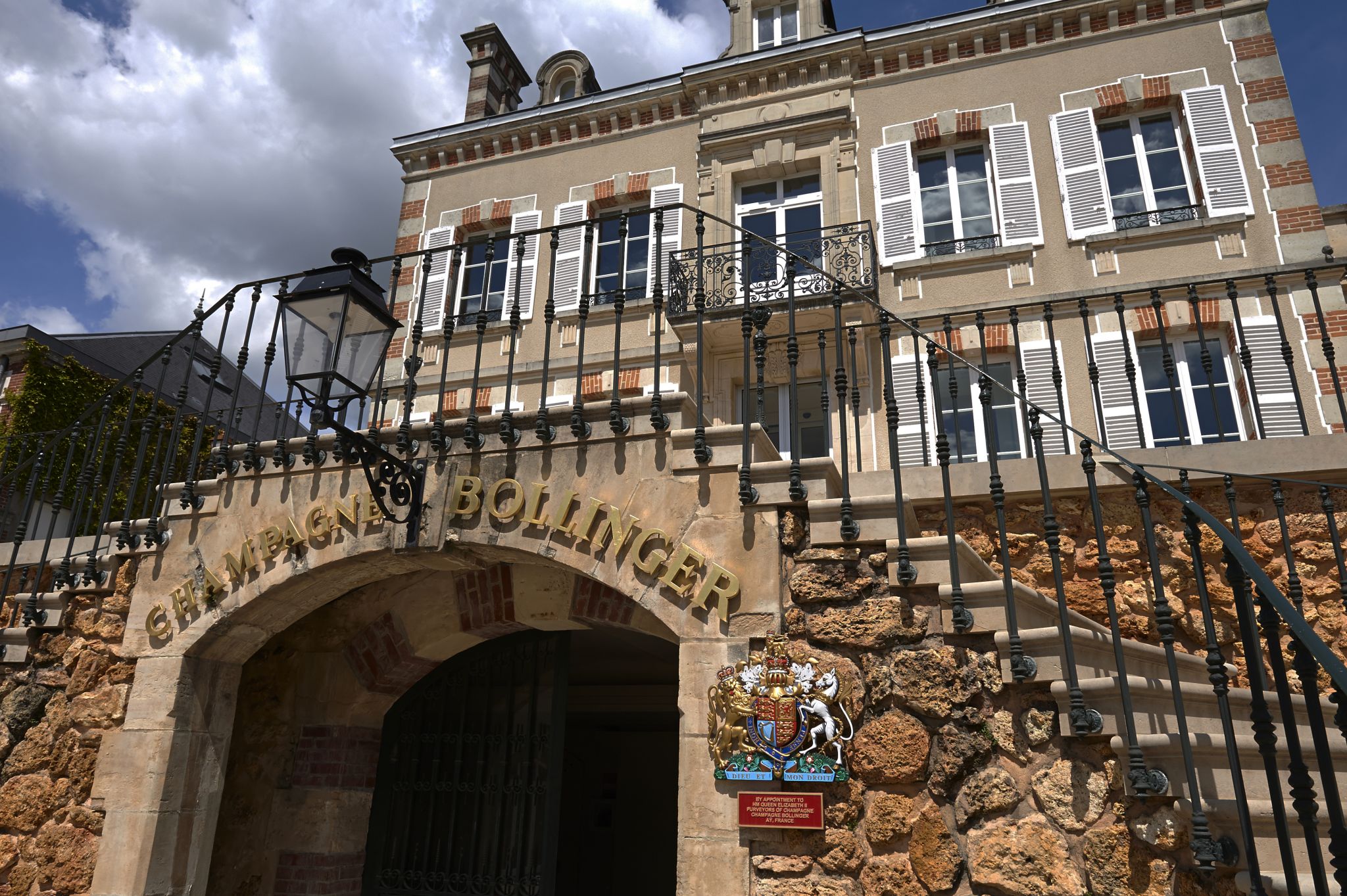The piece explains that a key part of Bunner’s work at Bollinger involves long-term data collection on vineyard climate patterns. He’s been closely monitoring environmental shifts and gathering insights to better understand how these changes impact the vines, particularly Pinot Noir. “We’re not just observing but actively adapting,” Bunner explained, emphasizing that his goal is to preserve the Champagne’s classic profile even as climate conditions evolve.
Adding to this adaptive strategy, Bollinger has invested in a pilot winery dedicated to experimentation. Mayo explains that this is where Bunner and his team test new viticultural and vinification techniques to further understand and refine their process. “The pilot winery gives us the freedom to innovate without compromising the core of Bollinger’s style,” he noted, underlining its value for both research and development.
Bunner also spoke about Bollinger’s continued focus on aging wine in oak barrels – a practice the late Lily Bollinger championed as well – as this lends a subtle creaminess and a complex, layered flavor to the wines. Mayo touches on their conversation about steel fermentation, which is easier but can results in a lighter style and can have less precision. “Barrel aging is essential to our DNA,” he said. “It brings depth, structure, and allows our reserve wines to develop that Bollinger roundness and fullness that’s unique to our champagnes.”
Lastly, as an extension to barrel aging, they discussed Bollinger’s commitment to aging reserve wines in magnums under natural cork, explaining, “It’s a labor-intensive method, but it enhances our champagnes’ ageability and complexity, and we believe it’s what makes Bollinger unique.” Through these techniques and innovations, Bunner and his team are preserving the essence of Bollinger while preparing it to thrive well into the future. Read the full article HERE or attached.
Champagne Bollinger_The Wine Independent_11.8.24
